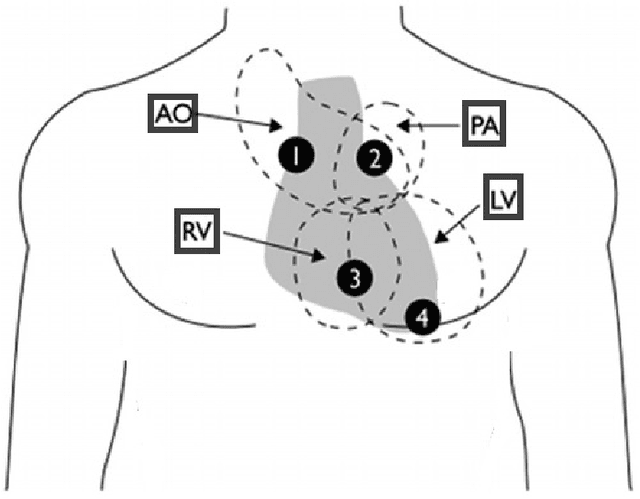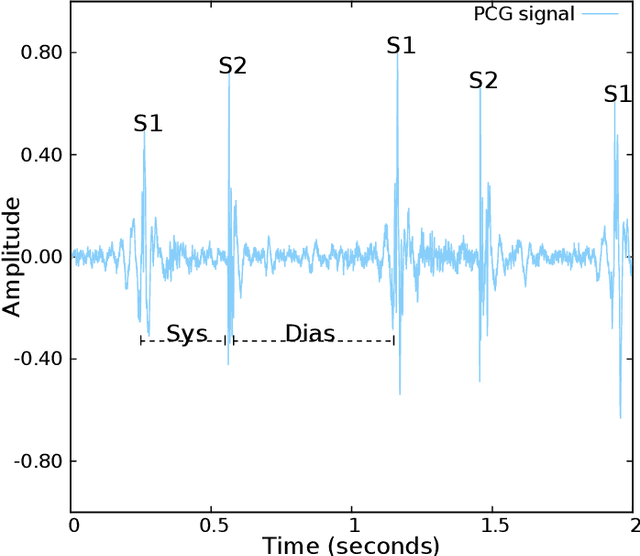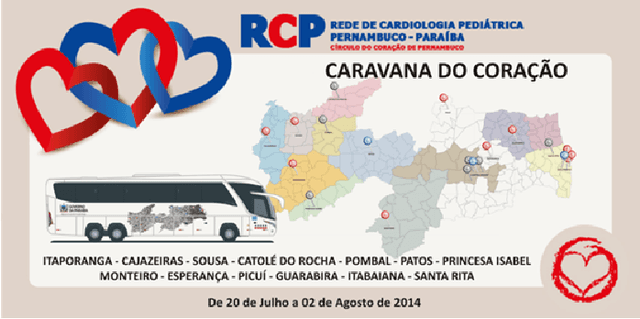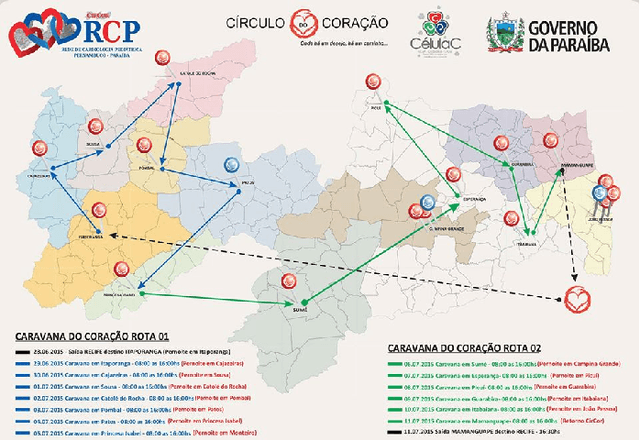Gari D Clifford
Feasibility of assessing cognitive impairment via distributed camera network and privacy-preserving edge computing
Aug 19, 2024Abstract:INTRODUCTION: Mild cognitive impairment (MCI) is characterized by a decline in cognitive functions beyond typical age and education-related expectations. Since, MCI has been linked to reduced social interactions and increased aimless movements, we aimed to automate the capture of these behaviors to enhance longitudinal monitoring. METHODS: Using a privacy-preserving distributed camera network, we collected movement and social interaction data from groups of individuals with MCI undergoing therapy within a 1700$m^2$ space. We developed movement and social interaction features, which were then used to train a series of machine learning algorithms to distinguish between higher and lower cognitive functioning MCI groups. RESULTS: A Wilcoxon rank-sum test revealed statistically significant differences between high and low-functioning cohorts in features such as linear path length, walking speed, change in direction while walking, entropy of velocity and direction change, and number of group formations in the indoor space. Despite lacking individual identifiers to associate with specific levels of MCI, a machine learning approach using the most significant features provided a 71% accuracy. DISCUSSION: We provide evidence to show that a privacy-preserving low-cost camera network using edge computing framework has the potential to distinguish between different levels of cognitive impairment from the movements and social interactions captured during group activities.
The CirCor DigiScope Dataset: From Murmur Detection to Murmur Classification
Aug 02, 2021



Abstract:Cardiac auscultation is one of the most cost-effective techniques used to detect and identify many heart conditions. Computer-assisted decision systems based on auscultation can support physicians in their decisions. Unfortunately, the application of such systems in clinical trials is still minimal since most of them only aim to detect the presence of extra or abnormal waves in the phonocardiogram signal. This is mainly due to the lack of large publicly available datasets, where a more detailed description of such abnormal waves (e.g., cardiac murmurs) exists. As a result, current machine learning algorithms are unable to classify such waves. To pave the way to more effective research on healthcare recommendation systems based on auscultation, our team has prepared the currently largest pediatric heart sound dataset. A total of 5282 recordings have been collected from the four main auscultation locations of 1568 patients, in the process 215780 heart sounds have been manually annotated. Furthermore, and for the first time, each cardiac murmur has been manually annotated by an expert annotator according to its timing, shape, pitch, grading and quality. In addition, the auscultation locations where the murmur is present were identified as well as the auscultation location where the murmur is detected more intensively.
 Add to Chrome
Add to Chrome Add to Firefox
Add to Firefox Add to Edge
Add to Edge